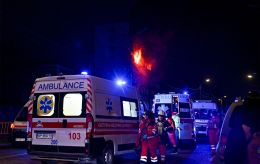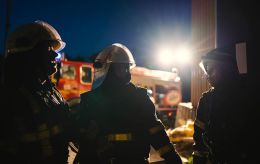Ukraine's accession to NATO - From Kuchma's multi-vector policy to application for membership
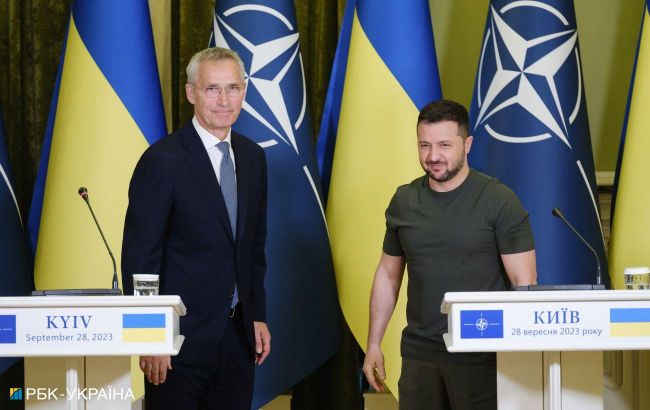 President of Ukraine Volodymyr Zelenskyy and NATO Secretary General Jens Stoltenberg (photo: Vitalii Nosach, RBC-Ukraine)
President of Ukraine Volodymyr Zelenskyy and NATO Secretary General Jens Stoltenberg (photo: Vitalii Nosach, RBC-Ukraine)
After the start of the full-scale Russian invasion, Ukraine is actively pursuing its NATO membership. And although today the vast majority of Ukrainians support this Euro-Atlantic vector of Kyiv, it has not always been this way.
Here is information what were Kyiv's relations with NATO before, and why has Ukraine not yet become part of the Alliance.
Content
- When Ukraine's relations with NATO began
- Why Ukraine did not receive a MAP (Membership Action Plan) at the NATO summit in 2008
- When Ukraine resumed its path towards NATO
- How the war has affected Ukraine's path towards NATO
When Ukraine's relations with NATO began
Ukraine's movement towards NATO began almost immediately after declaring independence. In 1992, then-NATO Secretary General Manfred Werner visited Kyiv and invited Ukraine to join the Euro-Atlantic Cooperation Council. That same year, Ukraine was granted the status of a NATO partner country, joined the Partnership for Peace program a year later, and in 1995 approved its first individual partnership program with NATO.
At the July summit in Madrid in 1997, Ukraine and NATO signed the Charter on a Distinctive Partnership, and a few months later, the Ukraine-NATO Commission was established, which existed until 2023 (it was then replaced by the Ukraine-NATO Council).
However, in the 1990s, there was no talk of Ukraine joining NATO. The first mention of Euro-Atlantic integration was made in 2002 by then-President of Ukraine Leonid Kuchma, and that same year, at the Prague summit, an analog of the Membership Action Plan was signed.
The document signed with Ukraine differed from the usual MAP for NATO membership candidates because NATO did not trust Kuchma's sincerity. And, as it turned out later, they were not mistaken. In 2004, Kuchma changed the direction of his policy, excluding the provision on Ukraine's accession to NATO from the Military Doctrine.
Kuchma was known for his multi-vector policy, which involved the simultaneous development of relations with Russia and the West. Kuchma himself called his approach a policy of self-isolation. However, Kuchma's intention to join NATO essentially became the end of his multi-vector policy.
Why Ukraine did not receive a MAP (Membership Action Plan) at the NATO summit in 2008
Active dialogue between Ukraine and NATO resumed in 2005, after Viktor Yushchenko came to power, returning the Euro-Atlantic aspirations to the Military Doctrine. That same year, at the Brussels summit, Yushchenko (who was the only representative of a country outside NATO at the event) expressed Ukraine's desire to become a member of the Alliance.
Although joining NATO was not widely supported by the citizens (in 2006, 63% of Ukrainians were against integration), the government at that time continued to move towards closer ties with the Alliance. In 2008, the president, prime minister, and speaker of the parliament sent a joint letter to the NATO Secretary General, asking to consider granting Ukraine a genuine MAP at the Bucharest summit.
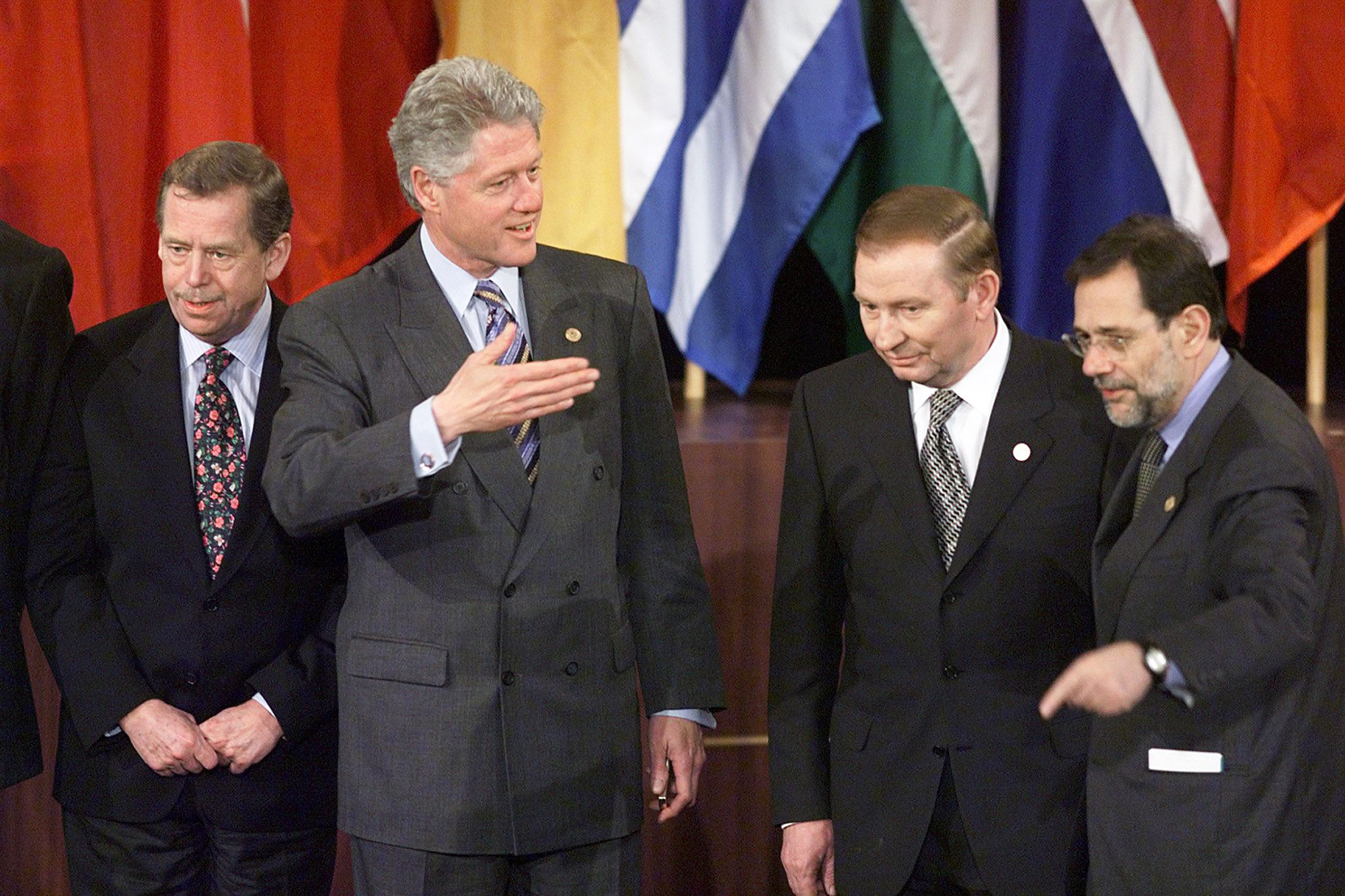
Kuchma initially led Ukraine towards NATO but then changed his mind (Photo: Getty Images)
However, Kyiv's expectations from the April summit in Bucharest were not met. Neither Ukraine nor Georgia, which also wanted to join NATO, received a MAP. Instead, the Alliance assured Ukraine that it would eventually become a NATO member and promised to revisit the issue later.
Although the formal reason for the refusal was the political instability in Ukraine, the real reason for NATO's decision could have been Russia's position. Russian President Vladimir Putin was invited to the Bucharest summit, where he spoke out against the integration of Ukraine and Georgia and hinted at territorial claims regarding Crimea.
Fifteen years after the Bucharest summit, then-US Secretary of State Condoleezza Rice revealed that Washington and other NATO members were ready to grant Ukraine a MAP, but they abandoned this idea precisely because of Putin's position.
"On that day, we decided that this could not be done. Even though the US and President Bush were convinced that the time had come to grant Ukraine a MAP," she recalled in 2023.
At the same time, Yushchenko blamed Germany and France. According to him, it was the leaders of these countries, including then-German Chancellor Angela Merkel, who urged NATO not to rush into a decision on the MAP.
"I had a very short, five-minute dialogue with Merkel. She said, 'Mr. President, one of the problems that is holding us back is that only a third of Ukrainians support the NATO project today.' Our conversation ended there. The arguments Merkel expressed then are unacceptable and unacceptable to this day. These are weak arguments on which the decision could not be based," Yushchenko said of the summit.
And in 2010, then-President Viktor Yanukovych halted Ukraine's movement towards NATO and signed a law on non-aligned status.
When Ukraine resumed its path towards NATO
In 2014, after the Revolution of Dignity and Yanukovych's escape from the country, the Verkhovna Rada revoked the non-aligned status. Then, in 2018, President Petro Poroshenko proposed to the parliament to enshrine Ukraine's Euro-Atlantic aspirations in the Constitution. The corresponding bill was approved in 2019 shortly before the presidential elections.
The inclusion of NATO membership in the Constitution was explained by the then government's unwillingness to allow for a comeback in case pro-Russian forces won the 2019 elections. To abandon the NATO path, it would have been necessary to amend the Constitution again, and finding 300 votes in parliament for this would not have been easy.
After Volodymyr Zelenskyy's victory in the presidential elections, Ukraine became even more active in the NATO membership issue and began demanding a Membership Action Plan (MAP).
After the Russian Federation began massing troops near Ukrainian borders in 2021, Kyiv urged NATO to grant Ukraine a MAP at the Brussels Summit.
How the war has affected Ukraine's path towards NATO
The full-scale Russian invasion changed Kyiv's policy towards NATO. From requesting a Membership Action Plan (MAP), the Ukrainian government moved to more radical steps – on September 30, 2022, Kyiv officially applied for NATO membership.
Immediately after the Russian invasion of Ukraine, Finland, and Sweden, which had not previously received a MAP, also submitted their applications for NATO membership. This set a precedent and showed Ukraine that fulfilling a MAP is not a prerequisite for joining the Alliance.
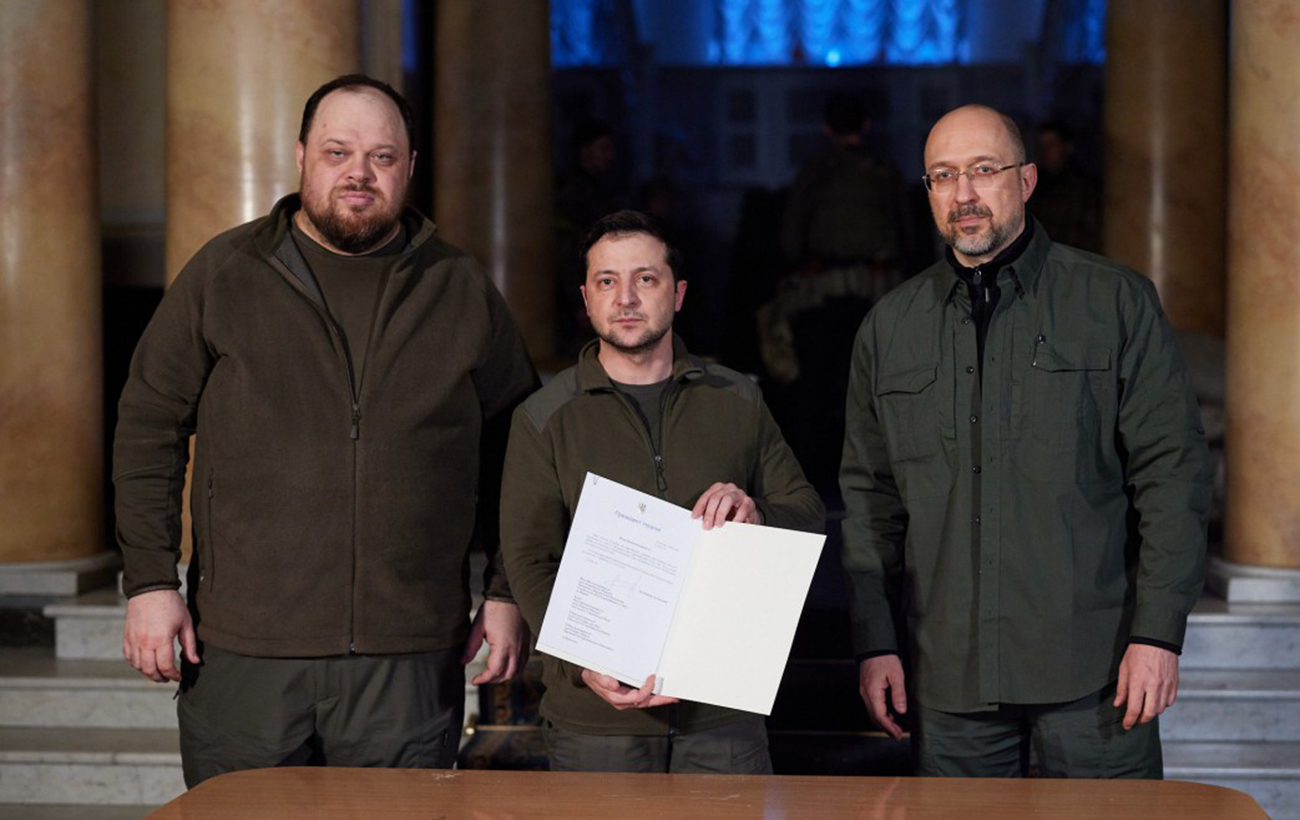
Ukraine applied for NATO membership after the Russian invasion (photo: president.gov.ua)
At the 2023 Vilnius Summit, NATO promised that Ukraine would become a member of the Alliance immediately after the end of the war. However, Ukraine expected and continues to expect something entirely different from NATO. Instead of political promises, Kyiv wants to receive a political invitation to NATO.
It would serve as a legal guarantee that Ukraine will become a member of the Alliance in the future. However, there is currently no consensus within NATO on this issue. As previously stated by Deputy Prime Minister for European and Euro-Atlantic Integration of Ukraine, Olha Stefanishyna, the main opponents of this are the US and Germany.
"The invitation format was proposed by Ukraine itself as a legal guarantee of NATO membership. It is on the agenda. Absolutely all allies support this decision, except for two. Since this information has become public, the US and Germany are now trying to focus on other skeptical allies, such as Hungary and Slovakia. But the key is the position of these two countries," she said.
Ukraine wanted to receive an invitation to the Alliance at this year's summit in Washington, but such a prospect is more zero than real, as the US has repeatedly emphasized that such an issue will not even be on the agenda.
However, as Stefanishyna explained, Ukraine's invitation is not tied to Washington or any other NATO summit, as such a decision can be made by Alliance leaders at any time. At this year's summit, a roadmap for Ukraine's NATO membership could be adopted.
More about Ukraine's expectations from the NATO summit in Washington - read in the article by RBC-Ukraine.
Sources: statements by Ukrainian and American current and former officials, as well as previous articles by RBC-Ukraine.
